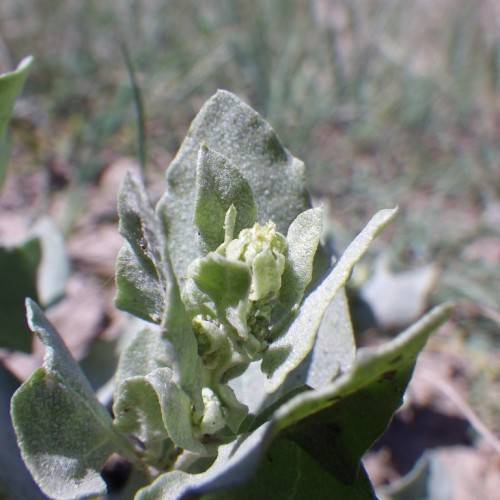
Silverscale Saltbush
Atriplex argentea
Also Known As - Silvery AtriplexWatering:
Minimal
Hardiness Zone:
Sun:
full sun,part shade
Leaf:
Yes
Growth Rate:
Low
Drought Tolerant:
Yes
Salt Tolerant:
Yes
Care Level:
Medium
watering
Common Sandweed (Athysanus pusillus) should be watered frequently, but lightly. It prefers moist soil, so water it whenever the top few inches of soil feels dry to the touch (typically every 2 to 3 days in the summer and every 5 to 7 days in the winter). When watering, avoid any large influxes of water as this species is sensitive to overwatering. Check the soil before each watering to make sure its dry enough and if it feels too wet, wait a few more days before watering again.
sunlight
Common Sandweed (Athysanus pusillus) prefers sunny warm conditions and typically grows in full sun. It does best in sites with direct sun for at least 6 hours a day during the growing season (spring through summer). In general, full sun is defined as 6 or more hours of direct, unfiltered sunlight per day, although the exact amount will vary depending on the season and location. The plant will tolerate some shade conditions, but it will not reach its full potential without full sun.
pruning
Common Sandweed, a native perennial plant, will benefit from light pruning each spring. Pruning should take place when the plant has reached a height of 8 to 12 inches and all of its leaves have emerged. Dead leaves and any stems that have died back during the winter months should be removed, allowing the plant to use its energy to put out fresh growth. Prune no more than 1-third of the plant’s total height at any 1 time to limit stress on the plant. Prune Common Sandweed in late March or early April before the hottest part of the season.
